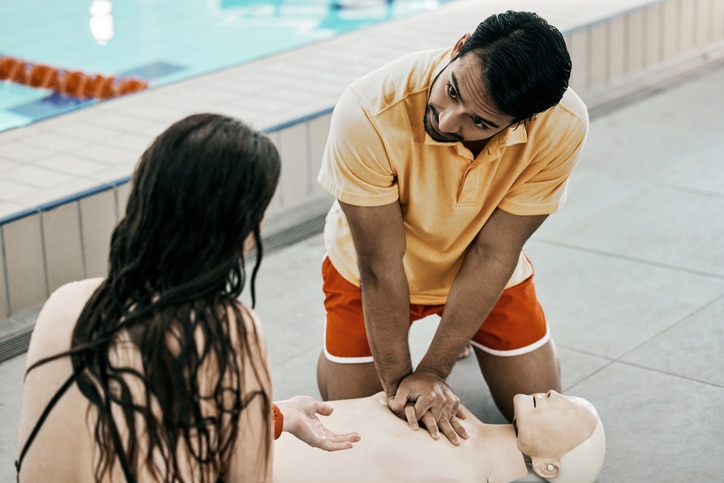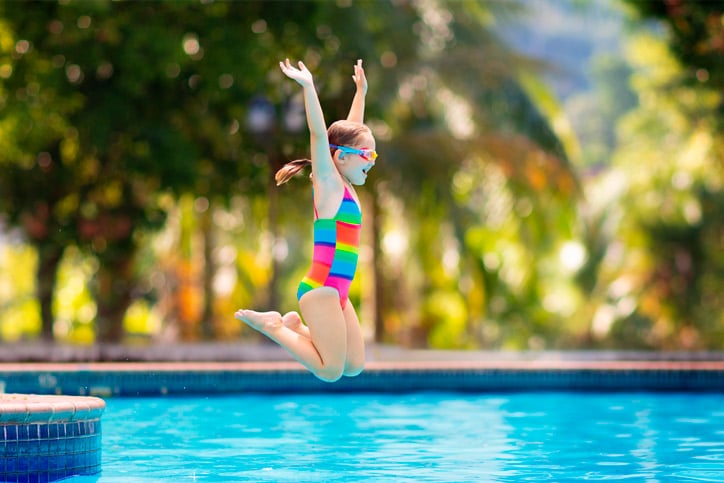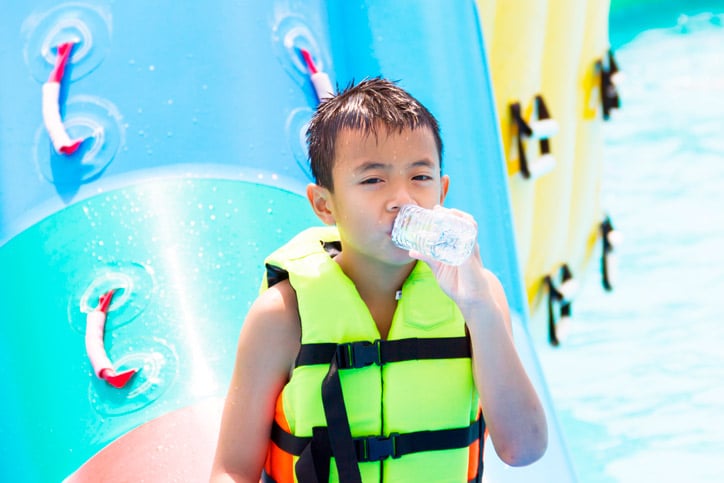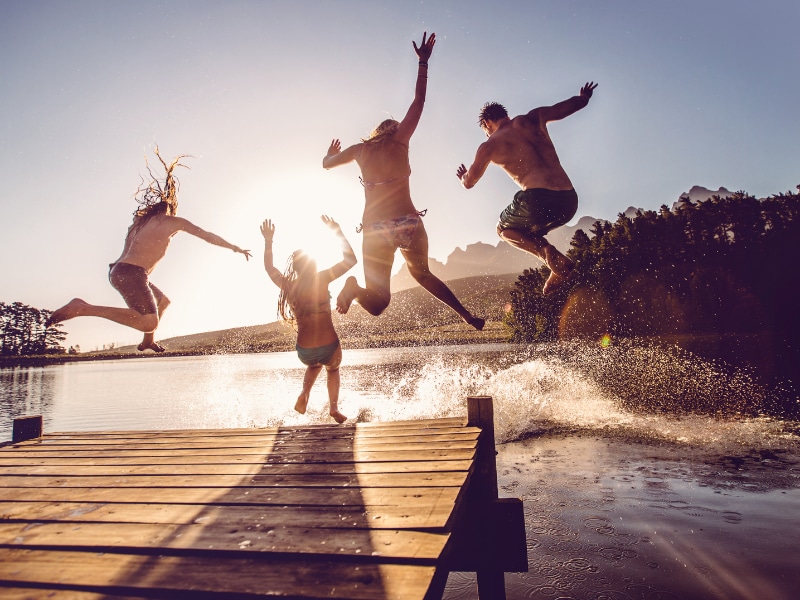Texas summers always bring the heat, driving families to seek refuge by the pool or lake to cool off. While these outings offer a refreshing escape, they also underscore the importance of water safety to ensure that everyone returns home safe and sound.
As inviting as it might be, water also harbors potential dangers, particularly for children.
“The pool and beach are fun, but they present real risks,” says Benjamin Lo, MD, medical director of the emergency department at Methodist Midlothian Medical Center. “Fortunately, there are steps you can take to help protect the children and teens in your life.”
It starts with education
Swimming skills are critical to prevent drowning, both for children and adults. Teaching kids to swim at a young age helps reinforce good habits throughout life, as drowning can happen quickly in both shallow and deep water, the Red Cross emphasizes.
“Prioritize swimming lessons for your children, and choose qualified instructors who have experience with kids,” Dr. Lo says. “These lessons dramatically reduce drowning risk, and the earlier a child starts, the better.”
Before you head to the pool, lake, or ocean, have a discussion with your children about the importance of water safety and how they can use their swimming skills to stay safe.
Supervision is critical
Always remember to have an adult around when it’s time for some fun in the water. It’s a good idea to make sure kids always pair up with a friend when swimming. Keeping a close eye on children playing in the water is crucial, no matter how shallow it might be.
Always enter the water feet first
Diving headfirst into unknown waters can lead to severe injuries. To mitigate this risk, always enter the water slowly and feet first.
“Diving into shallow water can lead to head and spinal injuries,” Dr. Lo warns. “Always ensure you know the depth before entering headfirst.”
Additionally, going in feet first lets you check how deep and cold the water is, making it a safer way to get in.
Use the proper protection
Equip children with life jackets or personal flotation devices (PFDs) in and around water.
“A properly fitted life jacket is as important as a seatbelt in a car,” Dr. Lo says. “Make certain that their swimwear is appropriate, not hindering movement or safety.”
The best life jacket is one that a child will wear without a fuss, so let them choose one with a favorite character or a design they like.
Know your limits
Water activities can lead to dehydration and heatstroke. Regular reminders to drink water are crucial. Encourage kids to get out of the water for rest periods, especially if anyone feels tired or weak.
If you’re vacationing on the shore, beware of the risk of being caught in a rip current, which can carry weak and strong swimmers alike far away from the beach. If caught in a current, swim parallel to the shore until you are out of its pull.
Protect the home
If your home has a pool, it should be securely fenced with no open sides and a minimum height of 4 feet. The gate should automatically close and latch securely.
Water hazards extend inside, too, especially in households with young children.
“Keep toilet lids, washing machine lids, and bathroom doors closed,” Dr. Lo says. “Outside, ensure that buckets are overturned to prevent rainwater accumulation.”

Your role in water safety
Everyone is responsible for being ready for water emergencies. Water safety is important everywhere there’s water, not just at pools and beaches. It’s a good idea to learn how to prevent accidents and learn lifesaving skills like CPR.
“No one ever expects to be in an emergency situation,” Dr. Lo says. “Being prepared can make a huge difference.”








